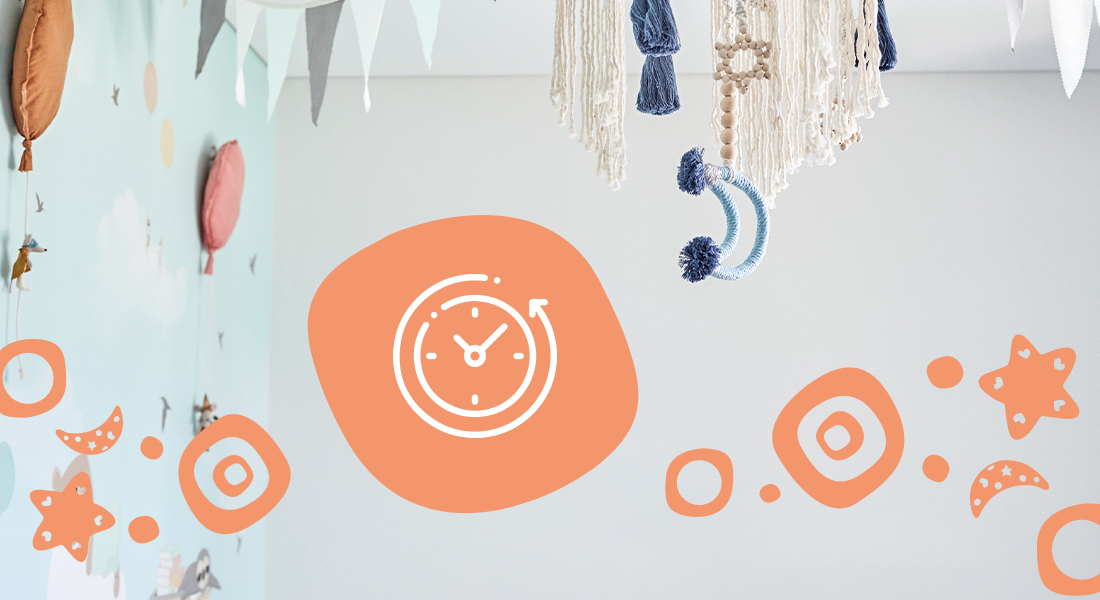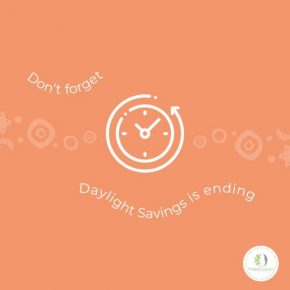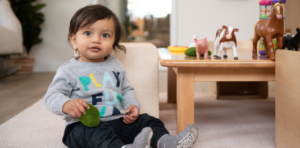

With Daylight Savings coming to an end over the weekend, we’re sure there will be some early mornings in your household this week.
Here are our top tips on managing the daylight savings time transition for you and your child:
SHIFTING YOUR CHILD’S BODY CLOCK
It’s safe to say adjusting post daylight savings time can be as tough on our littles ones as it is on our patience. GIVE IT A WEEK! It takes about 7 days to reset our body clocks, so be patient and expect it to take at least a week to adjust to the daylight savings schedule.
EARLY WAKINGS
Children will be waking earlier not only due to their routine but also the lighter mornings. What to do? Make sure the room is in pitch black darkness using block out blinds or curtains. We also recommend having white noise play all night to block out bird sounds in the morning.
COOL MORNINGS
Make sure your child is warm enough overnight and has the correct sleeping bag or blanket. TIP: for younger babies, you could try and offer a quick feed when they wake at 5am and then pop them back down straight after the feed.
LOTS OF BRIGHT EXPOSURE IN THE MORNING
Use sunlight to help your brain & body shift to the new DST by lots of exposure to bright sunlight in the morning. You could try:
- Eating breakfast near a bright window
- Going for a walk
- Turning the lights on so it is nice & bright inside your house.
With this in mind, you should try to minimise the exposure to bright sunlight in the evening.
AVOID SCREENS AN HOUR BEFORE BED
The light from screens can interfere with melatonin and send the message to our brains that it is still daylight, so try to avoid watching any screens in the hour before bedtime.
STICK TO YOUR REGULAR BEDTIME ROUTINE
Stick to your bedtime routine. The activities that you do in the lead up to bedtime are important cues that prepare your children for sleep. We suggest 2-3 calming and enjoyable activities, such as a warm bath, followed by cuddling/reading/singing songs. For children 2+ (or old enough to understand) you can start getting them prepared for their bedtime routine by discussing it at dinner; for example, “When you finish dinner, it’s time for a bath and brushing your teeth. Then we’ll read a book and it’s time for bed”.
TRY TO PREVENT OVERTIREDNESS
Sleep begets sleep, so try to prevent your children being overtired, because this can make it harder for them to settle and go to sleep, making the transition to DST even harder! Cortisol, known as the stress hormone, is also the hormone that wakes us up. For babies and children – one of the main reasons cortisol levels can be too high, is from sleep deprivation. Sleep deprivation leads to stress – which leads to increased cortisol. This means they will be going to sleep at night with high cortisol – and therefore waking too early in the morning. Putting them to bed later, to try to get them to sleep longer, will make the problem worse. Counterintuitively, they need to go to sleep earlier, and have the proper amount of naps throughout the day, in order to sleep longer at night.







